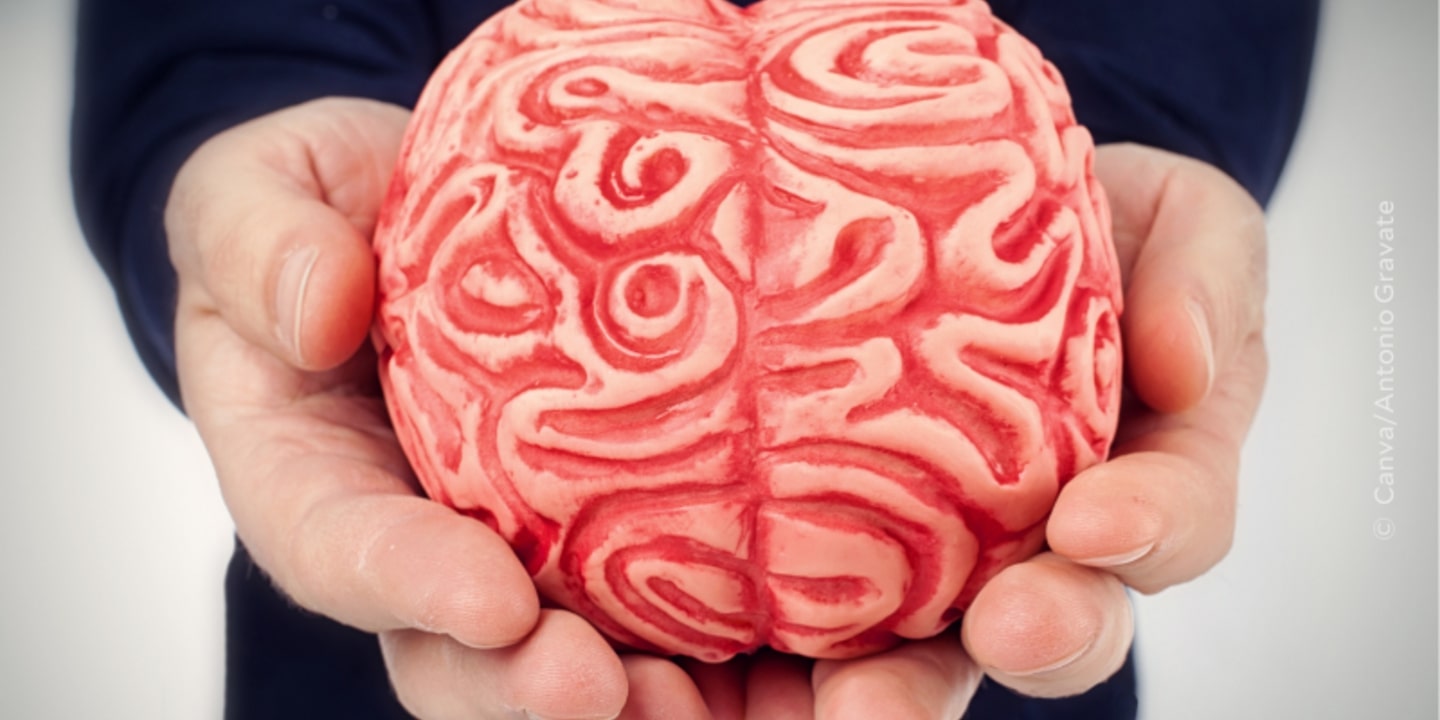
Cerebral venous thrombosis – what you need to know
Not all kinds of thrombosis are the same. But how does cerebral venous thrombosis manifest itself and what are its symptoms?
Prof. Dr. Andreas Steinbrecher, Chief Physician of the Department of Neurology at Helios Hospital Erfurt, answers the main questions.
What is cerebral venous thrombosis?
Cerebral venous thrombosis is a blood clot in the blood vessels that carry blood from the brain to the heart. Since the larger veins in the brain are called sinuses, the condition is also referred to as sinus thrombosis or venous sinus thrombosis. In fact, these thromboses are referred to the so-called deep vein thrombosis.
When and how do cerebral venous thromboses occur?
Sinus venous thrombosis is a rather rare disease of the vascular system of the brain. It is important that, unlike other causes of stroke, it is not necessarily a disease typical of the elderly.
Women suffer from thrombosis more often, presumably for hormonal reasons. There is no doubt that taking birth control pills increases the risk. When combined with smoking, the risk is further increased. Therefore, the disease is observed in young people.
The period shortly before and after childbirth is also associated with an increased risk of these thromboses.
What are the consequences of cerebral venous thrombosis?
From a mechanical point of view, thrombosis leads to a disruption in the outflow of blood – as a result of violations, blood does not flow properly from the skull. Since the volume of the inner part of the skull is limited by the cranial bone, the increase in blood volume in the head leads to an increase in pressure.
Increased intracranial pressure leads to headaches, which are the most frequent and typical first symptom. Another common symptom is epileptic seizures. Blood congestion can lead to cerebral hemorrhage. Like other cerebral hemorrhages, it leads to neurological disorders such as paralysis, sensory disturbances, or visual impairment. If the cerebral edema is significantly pronounced, or if the veins inside the brain are especially affected, impaired consciousness, up to a coma, often occur.
How do we diagnose cerebral venous thrombosis in a timely manner?
There is no preventive examination. This is not necessary due to the rarity of the disease. A warning symptom is, for example, severe headache in people who otherwise have no headache. The headaches do not resolve after a few days. A persistent headache can have various causes, which are not always hazardous to health. However, one needs to undergo an examination. As soon as suspicion arises, the most appropriate examination is an MRI of the head with cerebral angiography.
What happens if cerebral venous thrombosis is diagnosed?
If cerebral venous thrombosis is diagnosed, blood thinning (anticoagulant therapy) is necessary, similar to deep vein thrombosis. The purpose of blood thinning is to prevent the blood clot from further growing. In addition, the goal is to ensure that the body's own mechanisms to dissolve the clot (fibrinolysis) can slowly dissolve the clot again. Paradoxically, blood thinning also makes sense if the cerebral hemorrhage is due to thrombosis since the cause of the bleeding is congestion caused by a blood clot.
In most cases, sinus venous thrombosis can be successfully treated, often with complete recovery. However, there are also very serious cases that entail irreversible consequences and, in rare cases, death.



